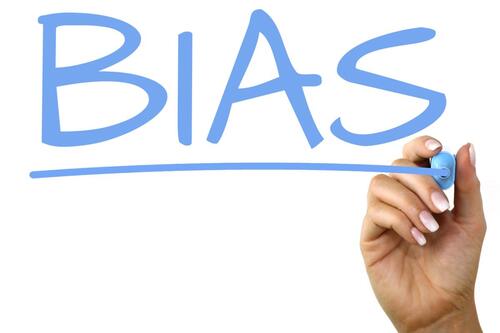Recent blog posts
Blog topics
-
Library ambassadors (80)
-
library week (2)
-
Omni (6)
-
Reno (13)
-
renovation (5)
-
staff (1)
-
Subscriptions ending (29)
Blog posts by audience
Blog posts archive

With information constantly around us, it’s important to take into consideration various factors that can alter the information we receive. One of these factors that can alter the information we receive is something called information bias. Information bias is the differences or errors in truth seen in information collected from research studies. Information bias arises when data collection tools are inaccurate, when errors are made by researchers while gathering data or when incorrect information is provided by participants.
There are two sub-types of information bias; differential and non-differential. Differential information bias occurs when the probability of error differs among a group of research participants. For example, if a study involves elderly people, there will be a variety of reliability with respect to individuals who have dementia compared to those without dementia. Non-differential information bias occurs when the probability of errors is the same among a group of research participants. For example, if a study requires individuals to self-report the amount of time spent on a computer and the adverse effects they experience on their eyes, individuals will overexaggerate their self-reported computer usage and the effects it has on their eyes.
All types of studies experience information bias. There are methods used to reduce the probability of biases in research studies, such as the randomization of participants, however this does not fully get rid of the probability of information bias. Therefore, it is always good to be aware of the possible errors and biases present within research study data and to think critically about the information being presented.
-Monique




